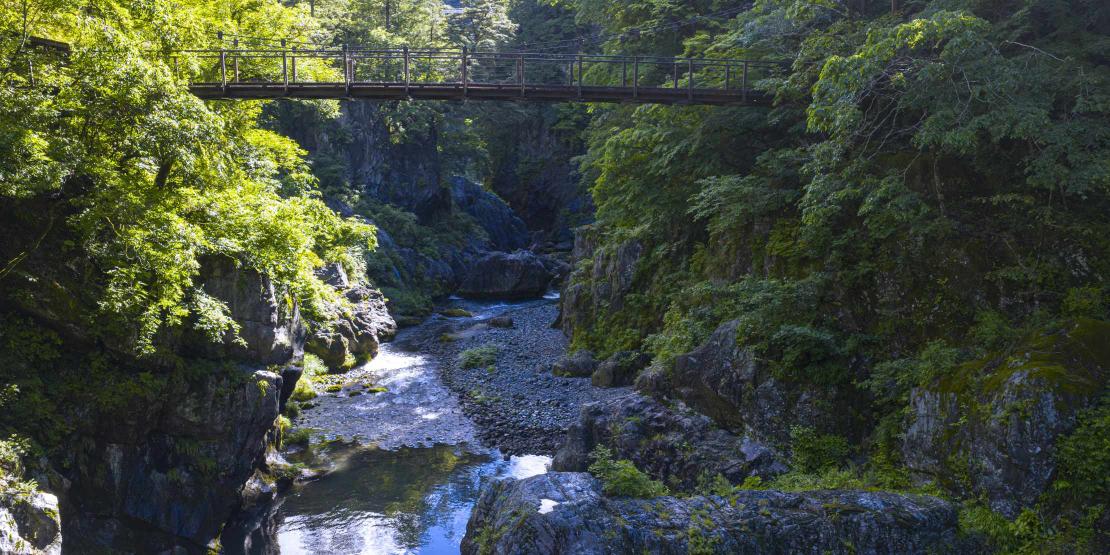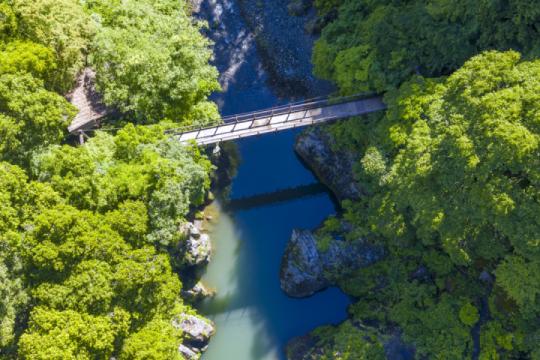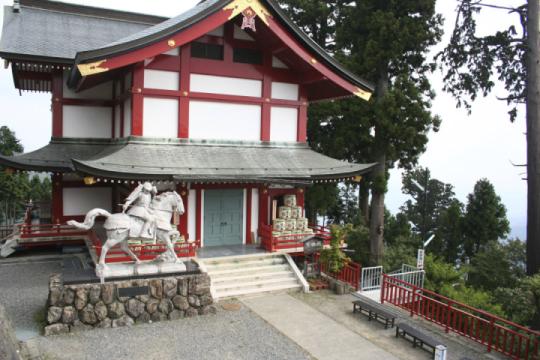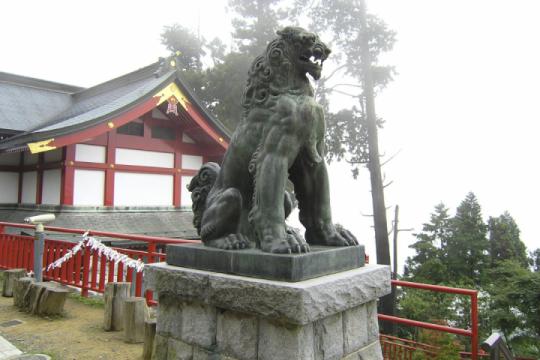
While Tokyo is one of the world’s largest cities, its western region is home to a nature-rich area where visitors can enjoy beautiful scenery throughout the four seasons.
Nestled in the westernmost part of Tokyo, Okutama Town is a breathtaking natural haven, renowned for its rugged mountains and pristine streams. The entire area is part of the Chichibu-Tama-Kai National Park, offering visitors a pristine escape into nature.
Throughout the year, Okutama showcases the stunning beauty of the changing seasons. In spring, lush greenery awakens the landscape, while autumn transforms the scenery with vibrant foliage—truly a sight to behold.
For those interested in exploring underground wonders, limestone caves are accessible in Nippara offering a unique adventure.
The regions surrounding Lake Okutama and the Nippara Valley are vital water source conservation forests, playing a crucial role in maintaining the area's natural environment.
Hatonosu Valley

Hatonose Valley is a spectacular ravine in Okutama Town, carved over millennia by the Tama River cutting through ancient Paleozoic rock formations. Famous for its autumn colors, the gorge offers breathtaking views of the river flowing 40 meters below towering cliffs, winding between massive boulders and uniquely sculpted rocks—truly representing Okutama's most stunning natural scenery.
The name "Hatonose" (meaning "Dove's Nest") has its roots in the Edo period, when Okutama timber was floated down the Tama River to rebuild Tokyo after devastating fires. A shrine honoring the water spirits was erected near the gorge, where two doves built their nest. The local villagers so cherished these birds that the area became known as Hatonose, a name that endures to this day.
Musashi Mitake Shrine

Musashi Mitake Shrine (© Ome City Tourism Association)
Perched at 929 meters above sea level, Mount Mitake offers unparalleled vistas that, on clear days, stretch from Tokyo's Shinjuku district to Yokohama and the distant Sagami Bay.
The sacred Musashi Mitake Shrine, dating back to 91 BCE during Emperor Sujin's reign, has drawn pilgrims for over two millennia. The shrine complex houses multiple halls and sanctuaries dedicated to various deities, with the main and worship halls at its center. Of particular significance to dog lovers is Okuchi-no-Makami, the revered spirit of the Japanese wolf, reflecting the deep connection between this mountain sanctuary and Japan's natural heritage.

Musashi Mitake Shrine (© Ome City Tourism Association)
Throughout Japan's history, wolves have been revered as divine messengers. The legend of how the Japanese wolf achieved deification tells of Prince Yamato Takeru no Mikoto, a member of the ancient imperial family, who became lost in the wilderness. A white wolf appeared before him, serving as his guide to safety. In gratitude, the prince commanded the wolf to remain as the guardian deity Okuchi-no-Makami.
From the Edo period onward, Okuchi-no-Makami has been widely venerated as a protector against evil and theft. Reflecting this connection to canines, the shrine welcomes visitors who bring their dogs to pray.